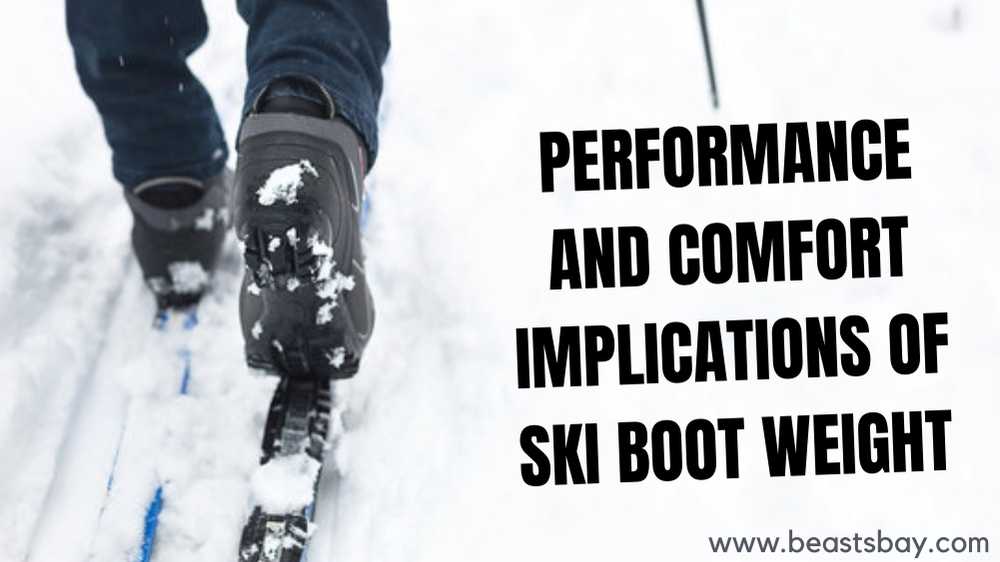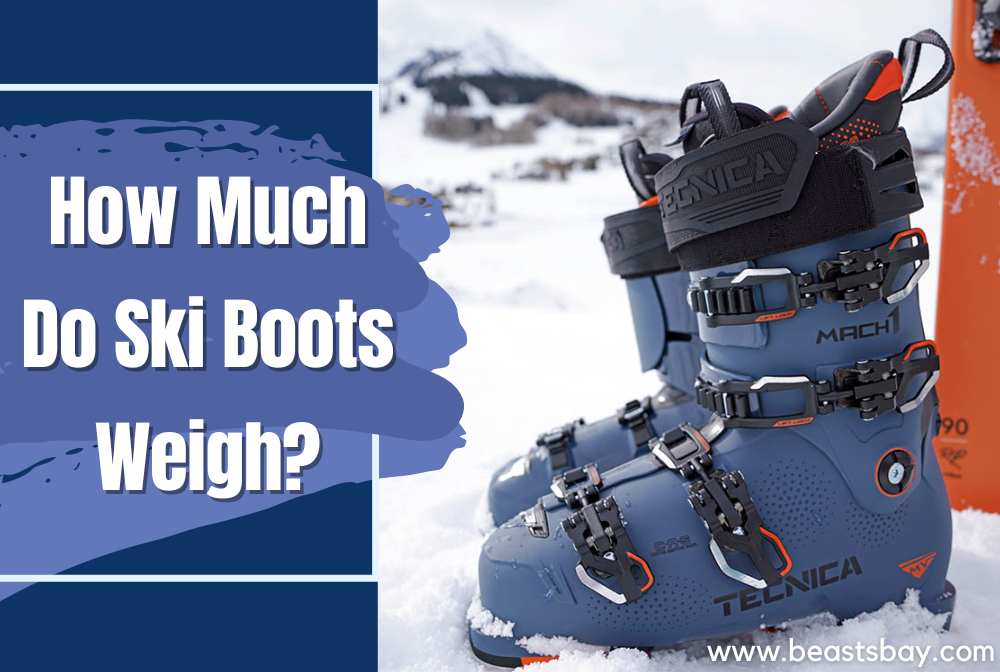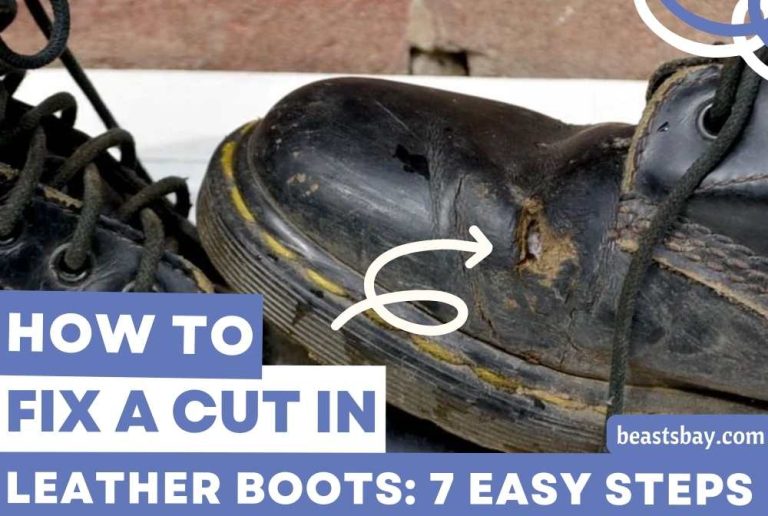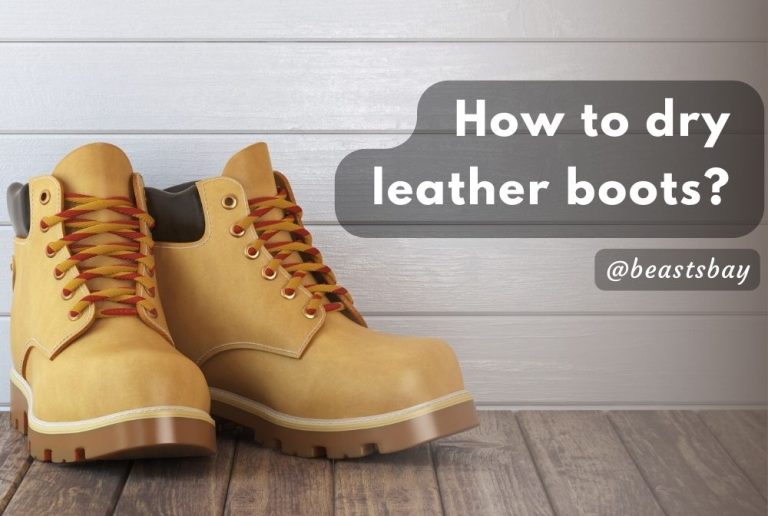Skiing is an exhilarating and fun activity that people of all ages has been enjoyed for many years. Skiing requires a lot of gear to get started, including skis, bindings, and boots. One question that is commonly asked by those who are new to the sport is, “How much do ski boots weigh?”
In this article, we will explore how much ski boots weigh, why it matters, and the factors that impact their weight. We will examine how inner components, outer components, and design affect the weight of ski boots. We will also discuss the implications of weight on a skier’s performance and the tips you can use to choose the right ski boots for your needs.
Ski Boots Weight: A Crucial Factor For Skiers
Skiing is an exciting, high-energy sport that requires the right gear for optimal performance. One crucial piece of equipment that every skier must have is a good pair of ski boots.

Ski boots are the link between a skier’s body and their skis, and they play a vital role in helping skiers maintain control over their movements on the slopes.
The boot’s weight is a significant factor to consider when selecting ski boots for your next ride. This is because skiing exerts a lot of energy and effort, and lightweight boots can help to reduce fatigue and increase your endurance. Lightweight boots also improve a skier’s reaction time, which is essential for avoiding obstacles and maintaining proper balance on the slopes.
Ski Boots Weight
Here’s a breakdown of different types of ski boot weights:
Men’s Ski Boot Average Weighs: 1.8-2.0 Kg/ 3.8-4.5 Ibs
Women’s Ski Boot Average Weighs: 1.6-1.9 Kg/ 3.5-4.0 Ibs
Different Types Of Ski Boots
Alpine Ski Boots
Alpine skiing boots, also known as downhill skiing boots, are the most common type of ski boots. They are designed for use on groomed slopes and are used in conjunction with alpine skis and bindings. Alpine skiing boots are typically heavier than other types of ski boots due to their construction and the materials used.
Backcountry Ski Boots
Backcountry skiing boots, also known as touring boots, are designed for use in ungroomed terrain. They are typically lighter than alpine skiing boots and have a more flexible sole, which allows for easier walking and climbing. Backcountry skiing boots are used in conjunction with backcountry skis and bindings.
Cross-Country Ski Boots
Cross-country skiing boots, also known as Nordic skiing boots, are designed for use in groomed or ungroomed terrain. They are typically the lightest type of ski boot and have a more flexible sole than alpine skiing boots. Cross-country skiing boots are used in conjunction with cross-country skis and bindings.
Factors That Influence the Weight of Ski Boots
Ski boots’ inner components, such as materials and technology, can have an impact on their weight. Generally, modern ski boots use lightweight materials like plastics, composites, and carbon fiber to reduce weight while still maintaining their durability and stiffness. The type of inner lining and padding used can also impact the ski boots weigh.
Type of Ski Boot
As mentioned earlier, the type of ski boot is one of the most significant factors that influence the weight of ski boots. Alpine skiing boots tend to be the heaviest due to their construction and the materials used, while backcountry skiing boots tend to be lighter due to their more flexible soles.
Outer Components and Design of Ski Boots
The outer components of the ski boot, like buckles, straps, and padding, can add significant weight to the boots. For instance, adding an extra buckle or strap to a ski boot can increase its weight by a few grams, which may seem insignificant, but it can have an impact on a skier’s experience.
Size of The Boot
The size of the ski boot is also an important factor to consider when looking at the weight of ski boots. Larger boots will generally weigh more than smaller boots due to the additional materials required for construction.
Materials Used In Construction
The materials used in the construction of ski boots can also impact their weight. Typically, ski boots are made from a combination of plastic, metal, and foam. Higher-end boots may use more advanced materials, such as carbon fiber, which can reduce weight.
Features of The Boot
The features of the ski boot can also impact its weight. For example, a ski boot with a higher number of buckles or straps will typically weigh more than a boot with fewer buckles or straps.
Closure System
Ski boots can either have a traditional buckle system or a newer, more advanced closure system. Traditional buckle systems use several buckles that snap into place, securing the boot around the foot.
Newer closure systems, such as the BOA system, use a dial to adjust the tightness of the boot. These newer systems tend to be lighter than traditional buckles, as they require fewer components.
Stiffness
The level of stiffness of ski boots also affects their weight. Stiffness refers to the amount of resistance a boot has when flexing forward or backward.
Stiff boots are more responsive and provide better control, but the boots tend to be heavier.
The Significance of Ski Boot Weight
Ski boot weight is vital when it comes to overall performance on the slopes. In this section, we will examine the importance of ski boot weight in relation to a skier’s performance and comfort.
Performance and Comfort Implications of Ski Boot Weight
Heavy ski boots can cause fatigue and strain, which can make it difficult to maintain control and balance while skiing.
Lighter ski boots, on the other hand, can provide more comfort and maneuverability, allowing skiers to move more freely and easily on the snow.

Furthermore, the weight of ski boots can also affect a skier’s speed and agility. Lighter boots allow skiers to move faster and make quick turns, while heavier boots may slow them down and limit their movements.
For competitive skiers, the weight of their equipment can make a difference in their overall performance and speed.
Tips For Choosing Suitable Ski Boots Based On Weight and Ski Style
When selecting ski boots, consider your skiing style and the terrain on which you’ll be skiing. All-mountain or freestyle skiers need boots that are lighter in weight for better performance and movement. Race or downhill skiers may prefer heavier boots that offer superior support and stiffness.

Factors to consider when selecting ski boots, consider your skiing style, the terrain on which you’ll be skiing, and factors like inner components, outer components, and design. Ultimately, choosing the right ski boot weight will help you make the most of your time in the snow.
Conclusion
In conclusion, the weight of ski boots varies depending on the type and size of the boots. Ski boots typically weigh between 2.5 to 5 pounds per boot, with some boots weighing less or more than that range.
The weight of ski boots is affected by various factors, such as the materials used, the type of closure system, and the level of stiffness. While the weight of ski boots may seem like a minor detail, it can have a significant impact on a skier’s performance and comfort.
It is important to choose ski boots that are comfortable, supportive, and appropriate for your level of skiing.
Frequently Asked Questions
Do heavier ski boots mean better quality or performance?
Not necessarily, while some higher-end ski boots may be slightly heavier due to added features, weight is not always an indicator of quality or performance. It’s more important to find a ski boot that fits well and suits your needs.
Can the weight of ski boots affect my skiing ability?
Yes, the weight of ski boots can affect your skiing ability. Heavier ski boots can be more difficult to maneuver and may cause more fatigue, especially during longer ski days. Lighter boots can provide more agility and reduce fatigue.
Do men’s and women’s ski boots weigh the same?
The answer is no, women’s ski boots may be slightly lighter than men’s ski boots because they are designed to accommodate a woman’s lower calf muscle and foot shape.
Are there any lightweight ski boot options available?
Yes, there are many lightweight ski boot options available on the market today. These boots are often made with advanced materials and construction techniques that reduce weight without sacrificing performance.







